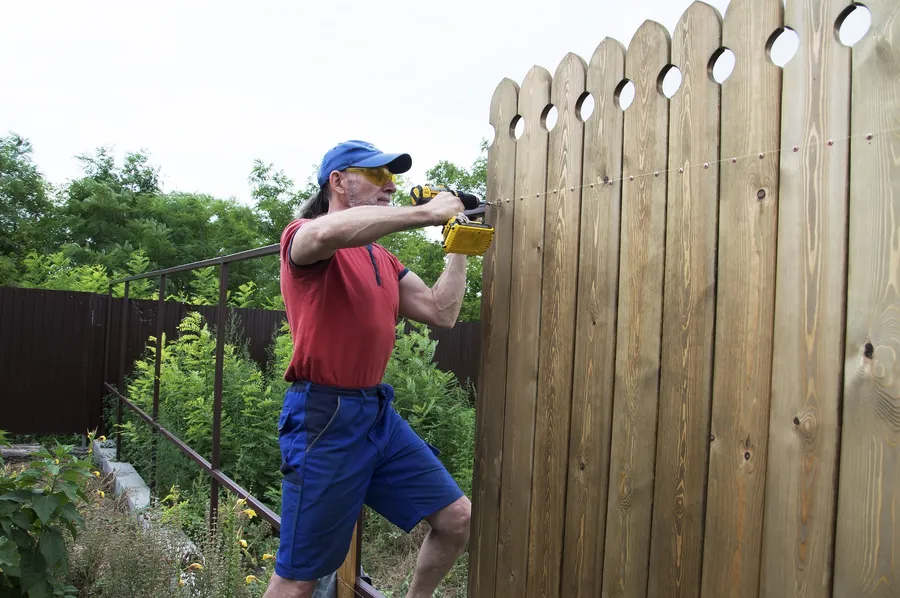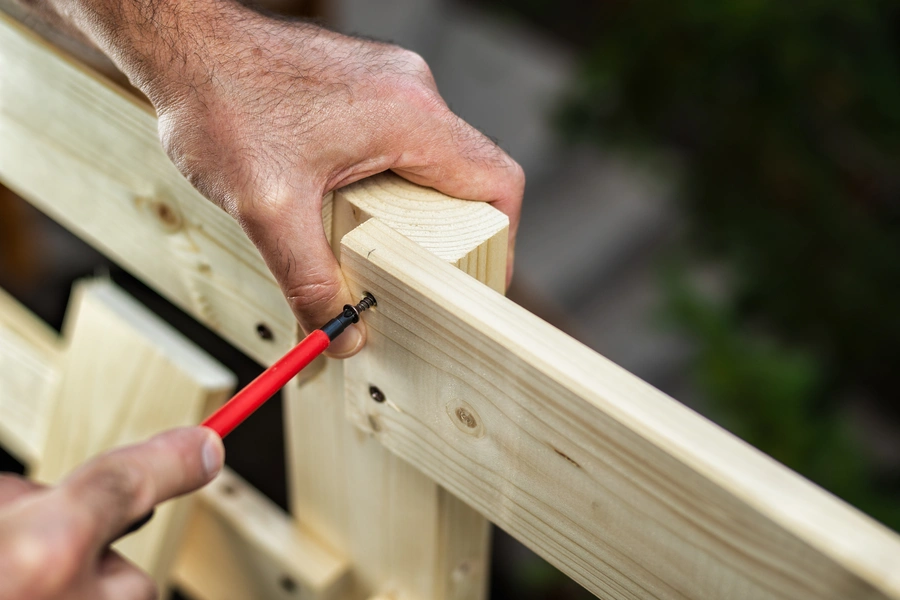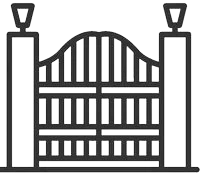How Climate Impacts Your Fencing Solutions
Weather can significantly affect the durability and maintenance needs of fences. From rain to intense sunlight, different weather conditions challenge fence structures. Understanding these challenges helps you choose the right solutions for maintaining your property’s boundaries. This guide covers how various weather elements impact fences and provides practical solutions for effective upkeep.

The Effects of Rain on Fences
Rain presents one of the most significant threats to fencing materials. Prolonged exposure can lead to rot in wooden fences or rust in metal ones. These issues not only compromise the appearance but also the structural integrity over time. Addressing these problems is crucial for effective fence repair. Regular inspections after heavy rainfall help identify areas needing immediate attention, preventing small issues from becoming major repairs.
The Impact of Sun Exposure
Sun exposure can be equally damaging as rain. Constant UV rays cause fading and weaken the material, making it brittle. For wooden fences, this leads to warping and splintering, while vinyl can become discolored. Proper sealing techniques and regular maintenance are essential components of fence repair strategies that counteract sun damage. Utilizing UV-resistant sealants extends the lifespan of your fence by protecting against harmful rays.
How Wind Can Damage Your Fence
Strong winds pose a risk to fences, especially during storms. They can cause physical damage such as leaning or even complete toppling. Reinforcing posts with concrete and using sturdy materials helps mitigate wind-related damages. Frequent checks for loose or damaged parts allow for timely interventions, ensuring your fence remains resilient against harsh weather conditions.
Freeze and Thaw Cycles Affecting Stability
In regions experiencing freeze-thaw cycles, ground movement poses a threat to fence stability. The freezing causes the soil to expand, shifting post positions and weakening the overall structure. During thawing, water seepage exacerbates these effects. Installing deeper posts below frost lines and utilizing proper drainage solutions are vital steps in preventing winter-related damage to your fence.
Best Materials for Weather-Resistant Fences
- Cedar wood for natural rot resistance
- Vinyl for UV ray protection
- Aluminum for rust prevention
- Pressure-treated wood for moisture resistance
Preventive Maintenance Tips
Regular maintenance is key to prolonging the life of your fence against weather-related wear and tear. Here are some tips:
- Inspect your fence at least twice a year
- Apply sealant annually to protect against moisture and UV rays
- Tighten any loose screws or nails promptly
- Clear debris away from the base to prevent moisture buildup
Cost Considerations for Fence Durability
Investing in quality materials upfront might increase initial costs but saves money on long-term repairs. Opt for materials known for durability in your specific climate, such as treated lumber in wet areas or vinyl in sunny locations. Calculating the return on investment involves considering reduced maintenance and extended lifespan benefits.

Your Reliable Partner in Fence Maintenance
If you’re facing challenges with maintaining your property’s boundaries due to weather conditions, our team provides expert solutions tailored to your needs. Based in Gloucester, MA, we offer comprehensive services to ensure your fences withstand climatic impacts efficiently. Contact us at (978) 525-3337 for more information about how Palermo Fence can assist you with personalized fencing solutions.
